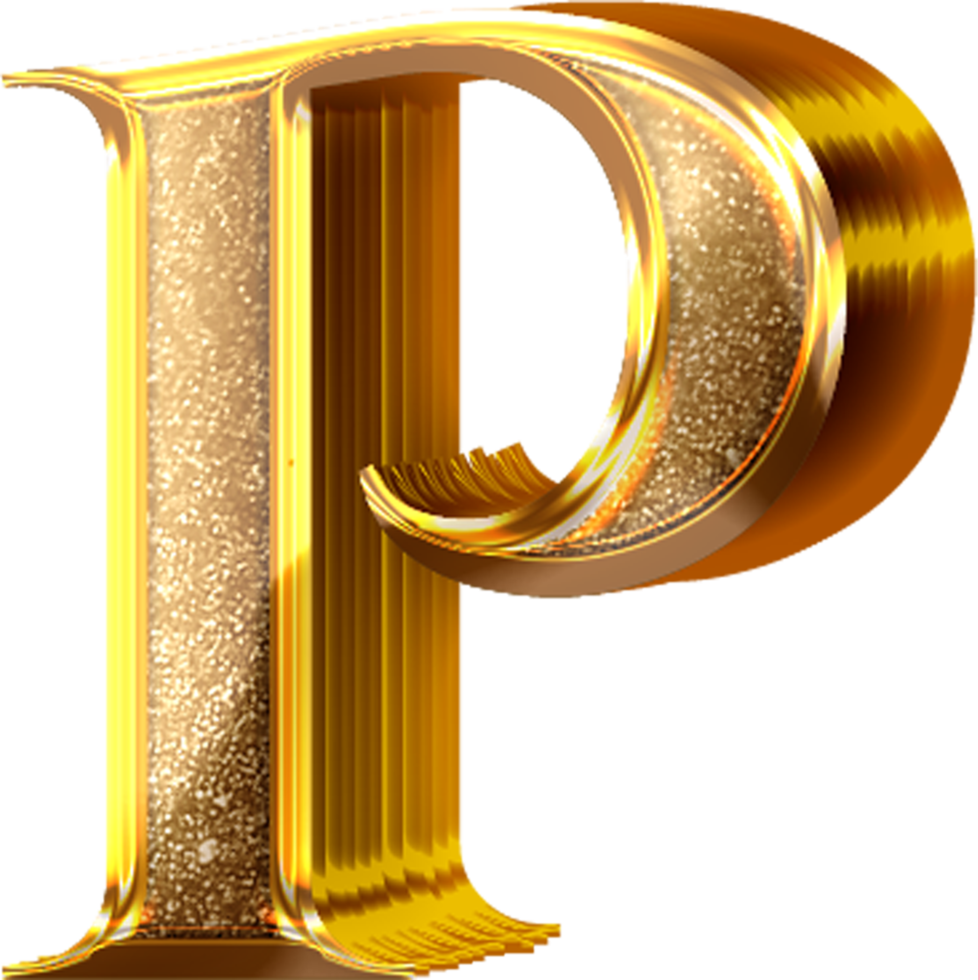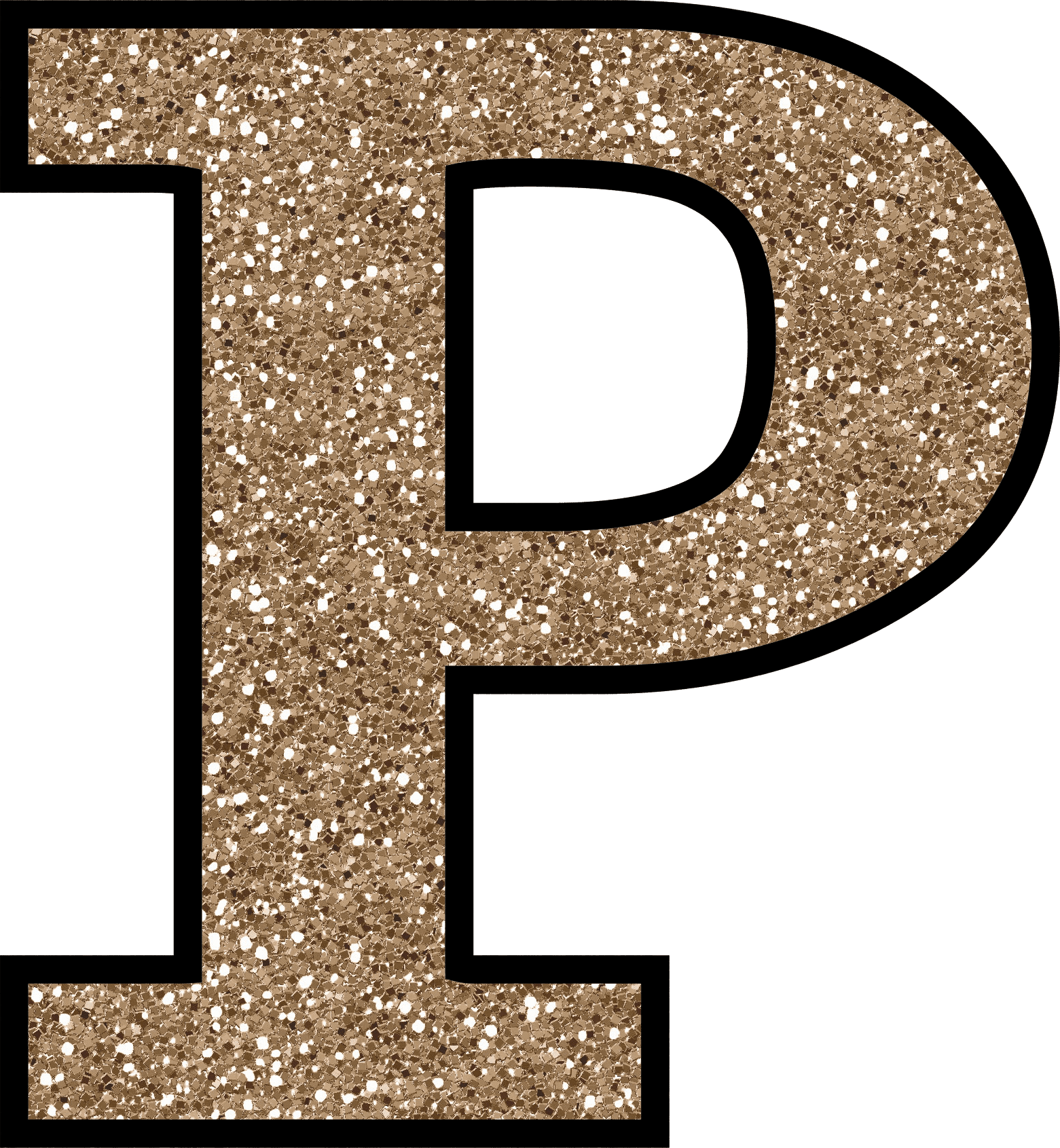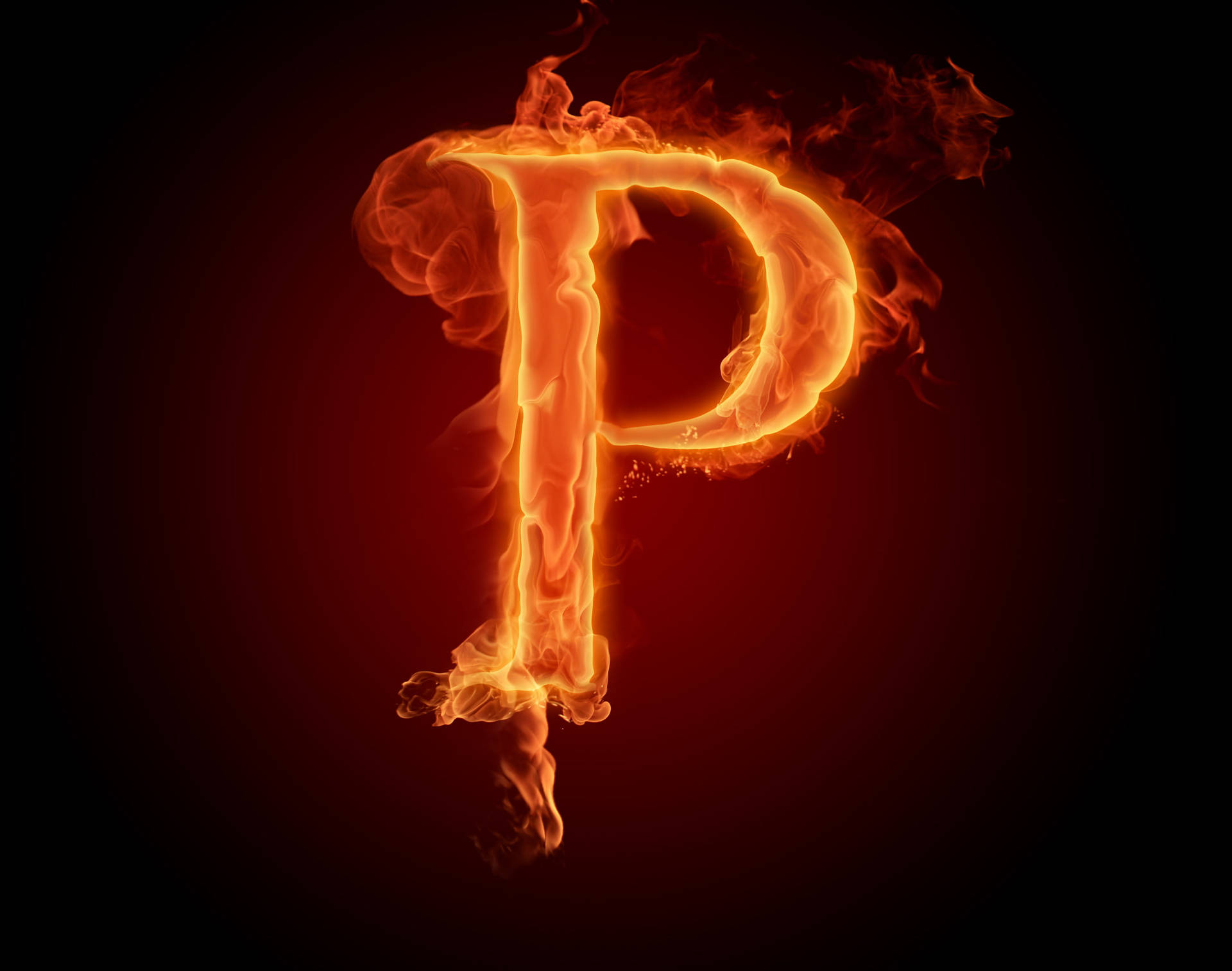It's quite something, isn't it, how a single letter, a simple mark on a page, can carry such a tremendous amount of weight and significance across so many different areas of our daily existence? We often take these small symbols for granted, but when you stop to consider, they are like tiny powerhouses, holding a whole world of information and connection.
Just think about it for a moment, how one little character manages to show up in so many places, doing so many different jobs. From the very first steps a child takes in learning their letters, to complex scientific ideas, and even the way we interact with our computers, this one particular letter pops up everywhere, kind of like a versatile team player, you know?
So, we're going to take a closer look at this fascinating letter, exploring its various roles and how its different meanings sort of come together, or "collaborate," if you will, to build a richer picture of communication and knowledge. It's almost like seeing how various parts of a big, important project fit together, creating something much bigger than any one piece could be on its own.
Table of Contents
- The Letter P - A Brief History
- What's the Story of the Letter P?
- P's Place in Language - A "P Diddy Collab" of Sounds
- How Does 'P' Make Sense in a Sentence?
- Beyond Words - 'P' in Different Fields
- Does 'P' Team Up in Science and Games? (P Diddy Collab)
- 'P' in the Digital World - A Modern "P Diddy Collab"
- What About 'P' in Code and Online Spaces?
The Letter P - A Brief History
When we talk about the letter 'P', it's interesting to consider its long journey through time, really. This particular character, the sixteenth one in our current English alphabet, has quite a story to tell, actually. It has been around for a very, very long time, showing up in various writing systems and always keeping its core job, more or less, of representing a specific kind of sound. It's a rather consistent performer, you know?
- Kaitlyn Krems Bra Size
- Victor Wembanyama Wingspan
- Fintechzoom Com Bonds Review
- Jp Morgan Chase Home Loans
- Jon Brower Minnoch
The letter 'P' has a past that stretches way back, originating from something called the Semitic 'pe'. This ancient symbol, people believe, might have come from an even older picture or idea, though the exact beginnings are a bit hazy. What we do know is that throughout all the recorded history of this letter, it has consistently stood for what we call the "unvoiced labial stop." That's a fancy way of saying the sound you make when you press your lips together and then let out a little puff of air, without using your voice box, like in the word "peace." So, it's pretty much held onto that same sound for ages, which is quite remarkable, isn't it?
It then found its way into the Latin alphabet, which is, as a matter of fact, the foundation for our modern English alphabet and the writing systems used in many other Western European languages, and indeed, around the world. This shows just how widely adopted and important this simple letter has been, spreading its influence far and wide, sort of like a quiet, persistent traveler, if you think about it.
Biography of the Letter P
| Origin | Semitic 'pe' |
| Position in English Alphabet | 16th letter |
| Primary Sound Represented | Unvoiced labial stop |
| Widespread Usage | Latin alphabet, Modern English, other Western European languages, various worldwide alphabets |
What's the Story of the Letter P?
The story of the letter 'P' is, in some respects, a story of continuity. It's truly fascinating how a basic shape and a specific sound have managed to stay linked for so many centuries, even as languages and cultures have shifted and changed around them. It really speaks to the fundamental nature of how we make sounds and how we try to capture those sounds in writing, doesn't it?
This little character, the sixteenth letter of the English alphabet, has been a steadfast part of our written communication for a very long time. It helps us put words together, to express ideas, and to share information. It’s like a quiet but essential building block in the vast structure of language, always there, doing its job without much fuss. You know, sometimes the simplest things are the most important ones.
From those early beginnings with the Semitic 'pe', which some suggest might have looked like a mouth or a corner, the letter 'P' has maintained its particular phonetic role. It has been consistently linked to that "p" sound, which is made by bringing your two lips together and then releasing them with a small burst of air. This consistent representation, across different languages and eras, is pretty cool when you think about it, showing a kind of universal agreement on how to write down that specific noise we make.
P's Place in Language - A "P Diddy Collab" of Sounds
In the everyday flow of language, the letter 'P' plays a quite specific and important part, you know? It's the sixteenth letter we use in English, and it stands for a particular kind of sound that we hear in many, many words. This sound is made in a distinct way, and it helps us tell words apart, which is pretty vital for clear communication, isn't it?
When we say words like "peace" or "play" or "paper," that initial burst of air you hear at the start of each word is the sound that 'P' usually represents. It's what language experts call an "unvoiced labial stop," as we mentioned before. This means your lips stop the air for a moment, and then you let it go, all without using your voice box to make a hum. It's a very common sound in English, and it’s one of the first sounds children often learn to recognize when they start to connect letters with noises, which is rather neat.
So, the letter 'P' is not just a symbol; it's a representation of a physical action we take with our mouths to produce a specific sound. This sound then "collaborates" with other sounds to form syllables, and those syllables then join up to make words. It's a bit like different instruments in an orchestra, each playing its part to create the whole song, you know?
How Does 'P' Make Sense in a Sentence?
The way 'P' fits into sentences is pretty straightforward, but its presence is absolutely essential for the words it forms to have meaning. It's a foundational piece, really, in building the words that make up our thoughts and conversations. We see it everywhere, helping to spell out all sorts of things, from simple objects to complex ideas, and that's just how it works, more or less.
Think about how we teach children their alphabet. The "letter p song" helps them learn to recognize this particular character, and it also shows them the hand sign for 'P' in sign language. This early exposure helps to cement its place in their growing vocabulary. It's like planting a seed that will grow into a big tree of words, which is pretty cool, actually.
When you put 'P' into a word, it contributes to the word's overall sound and its meaning. For instance, if you're talking about "parking," the 'P' at the beginning immediately gives you a clue about what's being discussed. It’s a bit like a helpful signpost, pointing you in the right direction for understanding, you know? Its job is to be part of a larger unit, working together with other letters to convey a complete thought. This is a very common way that letters work together in our language.
Beyond Words - 'P' in Different Fields
It's quite something to consider how a single letter can stretch its meaning far beyond just spelling out words, isn't it? The letter 'P' is a prime example of this, taking on different roles and representing various concepts in a whole bunch of different areas. It's like a truly versatile performer, capable of playing many parts in a variety of productions, if you think about it.
For instance, in everyday life, 'P' often shows up as a handy abbreviation. You might see it on a sign, meaning "parking," especially in places where space is at a premium. Or, if you're talking about money in some parts of the world, 'P' can stand for "pence" or "penny," a small unit of currency. These are just simple, practical uses that make communication quicker and easier, which is pretty useful, you know?
But its reach goes much, much further than that. The letter 'P' also steps into specialized fields, where it takes on very precise meanings that are quite different from its linguistic function. It’s almost as if it has a secret life where it helps experts communicate complex ideas in a shorthand way, which is rather clever, really.
Does 'P' Team Up in Science and Games? (P Diddy Collab)
It's genuinely interesting how the letter 'P' forms alliances, or "teams up," in areas like science and games, taking on very specific and important meanings that are quite distinct from its usual role in everyday language. This kind of "P Diddy Collab" shows how a simple symbol can be repurposed to convey complex information within a particular field, which is pretty neat.
In the world of chemistry, for example, 'P' is a well-known symbol for the element phosphorus. This is a crucial element found in many biological processes and industrial uses. Sometimes, it also stands for phosphate, which is a compound containing phosphorus. So, when chemists see 'P', they immediately know they're talking about something very specific related to the building blocks of matter, which is quite a different job for our letter, isn't it?
Then, if you shift your focus to a game like chess, 'P' takes on yet another identity. Here, 'P' is sometimes used as a simple symbol for the pawn piece. The pawn is a fundamental part of the game, with its own unique moves and strategic importance. So, in this context, 'P' isn't about sounds or elements; it's about a small, but mighty, piece on a board, which is a rather different kind of collaboration, you know?
And in the field of genetics, 'P' has a very specific meaning too. It stands for the "parental generation," which refers to the individuals chosen to start a breeding experiment. When these individuals are crossed, they produce the F1 generation. This is a highly specialized use, helping scientists track lineages and understand inheritance patterns. It's a pretty vital role in biological research, actually, helping to lay the groundwork for a lot of our current biological understanding.
'P' in the Digital World - A Modern "P Diddy Collab"
The digital age has, in some respects, given the letter 'P' a whole new set of responsibilities and meanings, really. It shows up in various forms of code, online structures, and technical specifications, performing jobs that are very different from its traditional linguistic uses. This modern "P Diddy Collab" highlights how a simple character can become a crucial part of the intricate systems that power our connected world, which is quite a transformation, you know?
In programming and computer networking, for instance, 'P' can signify different things. You might see it in discussions about "hostport" and "container port," where it helps distinguish between different types of network connections. If you're working with something like X11 ctypes coding, you might encounter symbols like `(~0l)`, and understanding what the 'P' or similar characters represent in that context is key to making sense of the code. It’s like learning a whole new language, just for computers, which is pretty complex, actually.
Then, in the structure of web pages, the `
` tag is absolutely fundamental. This tag is used to create a "paragraph" of text, and it's what we call a "block element." This means it takes up its own space on the page, like a distinct section, unlike a `` tag, which is an "inline element" that just sits within a line of text. So, 'P' here helps define how content is organized and displayed on the internet, which is a pretty big job, isn't it?
Even in database interactions, 'P' can show up. When you're connecting to something like MySQL from the command line, or working through a PHP/SQL tutorial, you're dealing with specific commands and structures where 'P' might be part of a variable name or a parameter. It's all about precision in these digital conversations, ensuring that every character, including 'P', means exactly what it's supposed to, which is very important for things to work correctly.
In more specialized programming discussions, you might hear about pointers, like `pp[0]` pointing to the address of `p`. This kind of deep technical talk shows how 'P' can be used to represent abstract concepts like memory locations or references within a computer's operations. It's a rather intricate way for a letter to play a part in how software functions at a very low level, you know?
And when you're looking at computer hardware, particularly CPUs, 'P' is sometimes used as a suffix in processor names, like 'H', 'U', 'P', 'G1', 'G4', 'G7'. These suffixes tell you about the processor's characteristics, whether it's for laptops or desktops, or its performance tier. So, 'P' here helps categorize and identify different kinds of computer brains, which is pretty useful for anyone trying to pick the right machine, actually.
Even in software interfaces, 'P' has a role. When you hit "Ctrl+P" to print a document, that 'P' is the command. And within print dialog boxes, you might see options to customize printing, such as setting multiple pages per sheet. The letter 'P' is often tied into these very direct actions and settings that we use every day, making our interactions with computers a little smoother, you know?
In older web development, you might even come across `
Finally, in the world of online communities, a letter can be part of a name that signifies a huge virtual space. Take Pixiv, for instance, which is a large online community centered around illustrations, comics, novels, and art. While 'P' isn't a direct abbreviation here, it's the initial letter of a platform where artists from all over the world come together to share their creations. This kind of "P Diddy Collab" shows how a simple letter can be part of a brand that fosters massive creative exchange, which is pretty inspiring, actually.
What About 'P' in Code and Online Spaces?
It's quite clear that 'P' has taken on a truly diverse set of roles in the digital landscape, adapting to the needs of various technical systems and online platforms. Its ability to represent everything from a network port to a paragraph of text, or even a specific type of CPU, shows its remarkable flexibility, you know? This is a pretty impressive feat for a single character, actually.
In coding, 'P' often acts as a shorthand for specific functions or data structures. It helps programmers write more concise and efficient instructions, which is very important in building complex software. It's like a specialized tool in a programmer's toolkit, used for very particular jobs, which is rather clever, isn't it?
And in the broader online world, 'P' helps define the very way information is presented and how users interact
Related Resources:



Detail Author:
- Name : Cortez Kessler
- Username : beahan.aileen
- Email : schaden.olga@hotmail.com
- Birthdate : 1971-12-22
- Address : 791 Sanford Circle Apt. 628 Lake Elton, WI 87135
- Phone : +1 (317) 659-8724
- Company : Bahringer-Harris
- Job : Economics Teacher
- Bio : Sequi quam omnis optio suscipit tempora voluptas. Dolores voluptate molestiae sit repellendus officia. Ullam earum qui eius.
Socials
tiktok:
- url : https://tiktok.com/@ekuhic
- username : ekuhic
- bio : Tenetur explicabo qui beatae debitis at omnis consequatur aliquam.
- followers : 5695
- following : 2522
facebook:
- url : https://facebook.com/efrain.kuhic
- username : efrain.kuhic
- bio : Vitae inventore nisi quia mollitia. Minus non quo est nulla dignissimos.
- followers : 5944
- following : 618
instagram:
- url : https://instagram.com/efrain.kuhic
- username : efrain.kuhic
- bio : Voluptatem quia eius facilis. Autem qui ex officiis consequatur. Et dolor dolor quia odit id.
- followers : 1628
- following : 689
linkedin:
- url : https://linkedin.com/in/efrain_xx
- username : efrain_xx
- bio : Autem et excepturi hic est repellat.
- followers : 6025
- following : 478